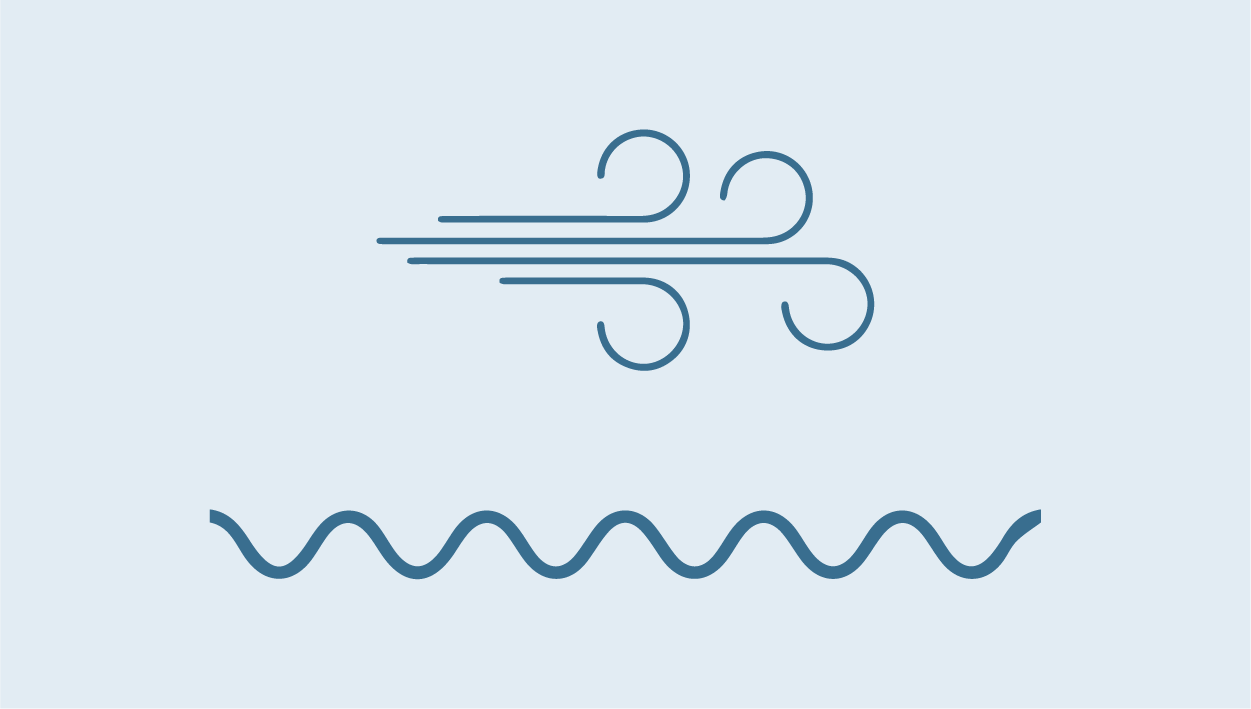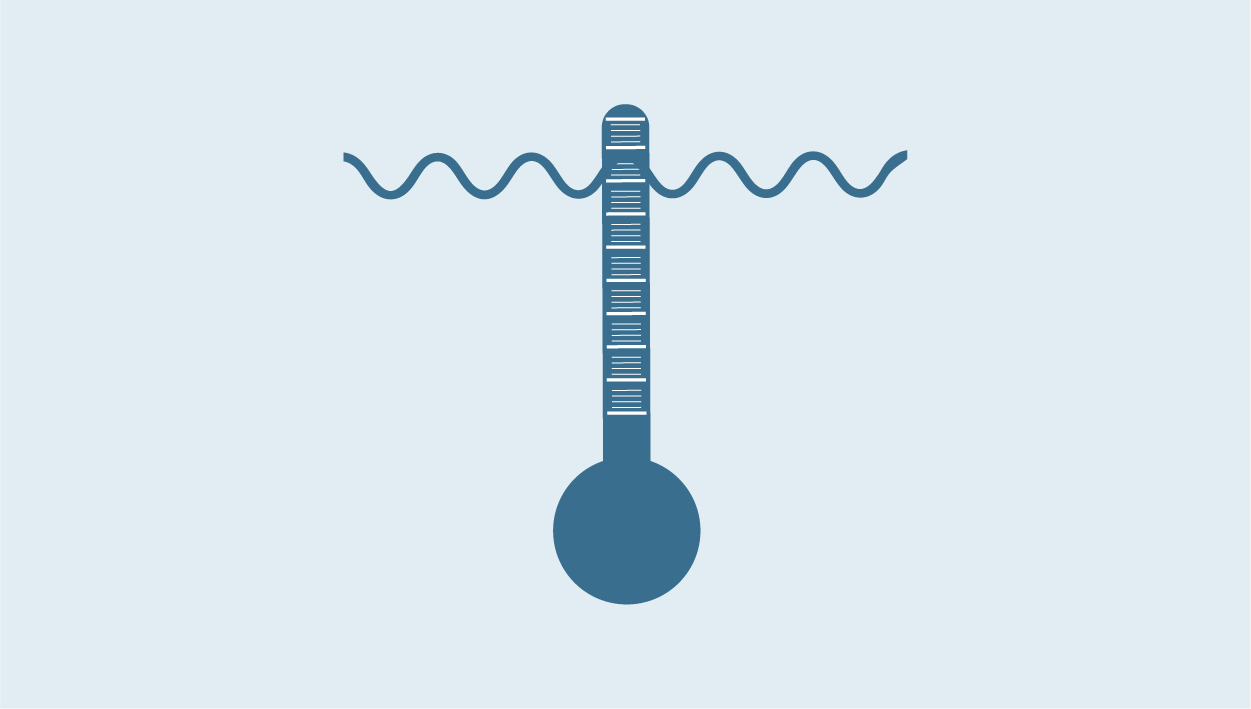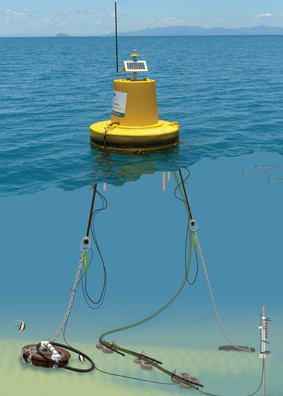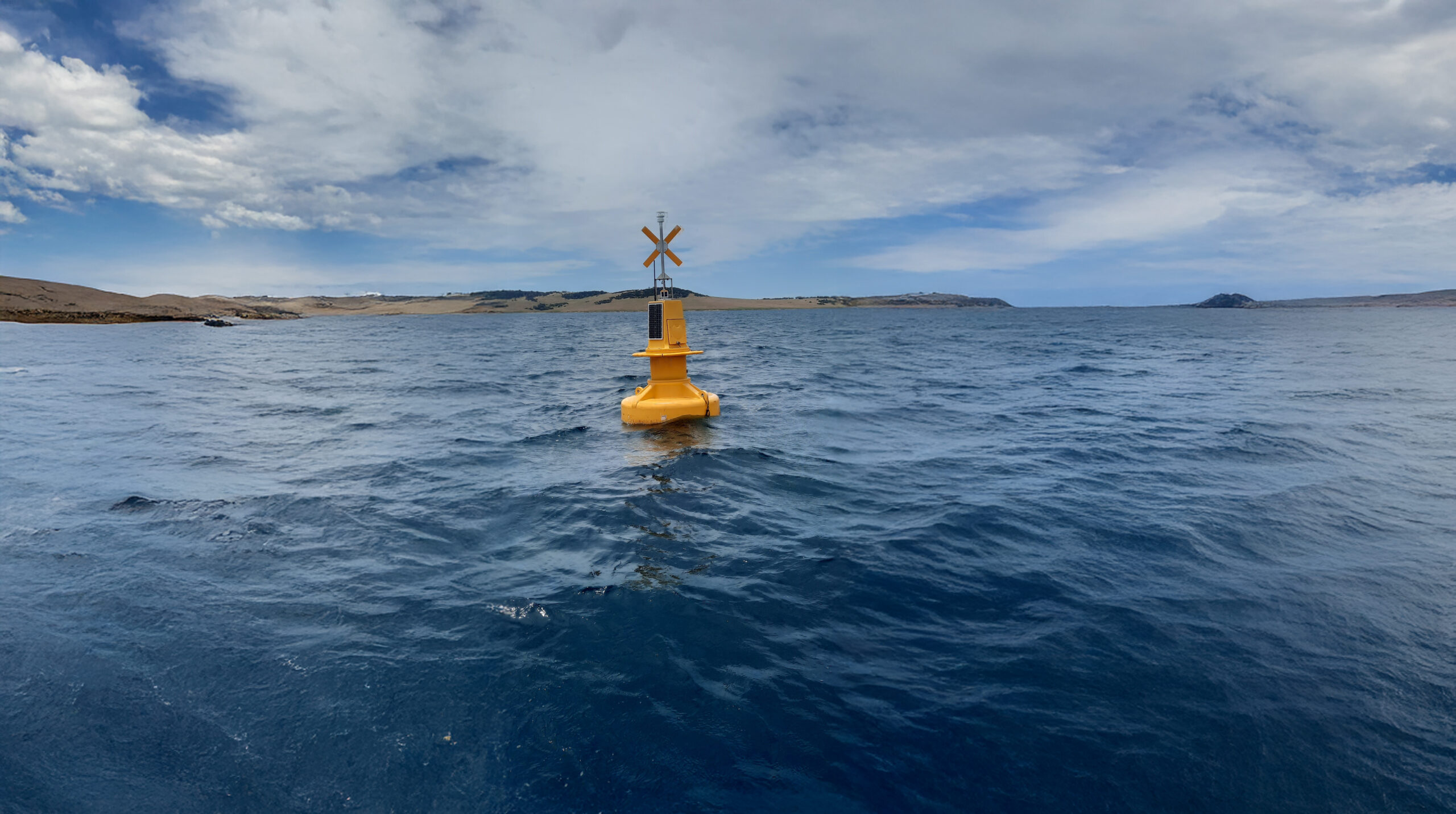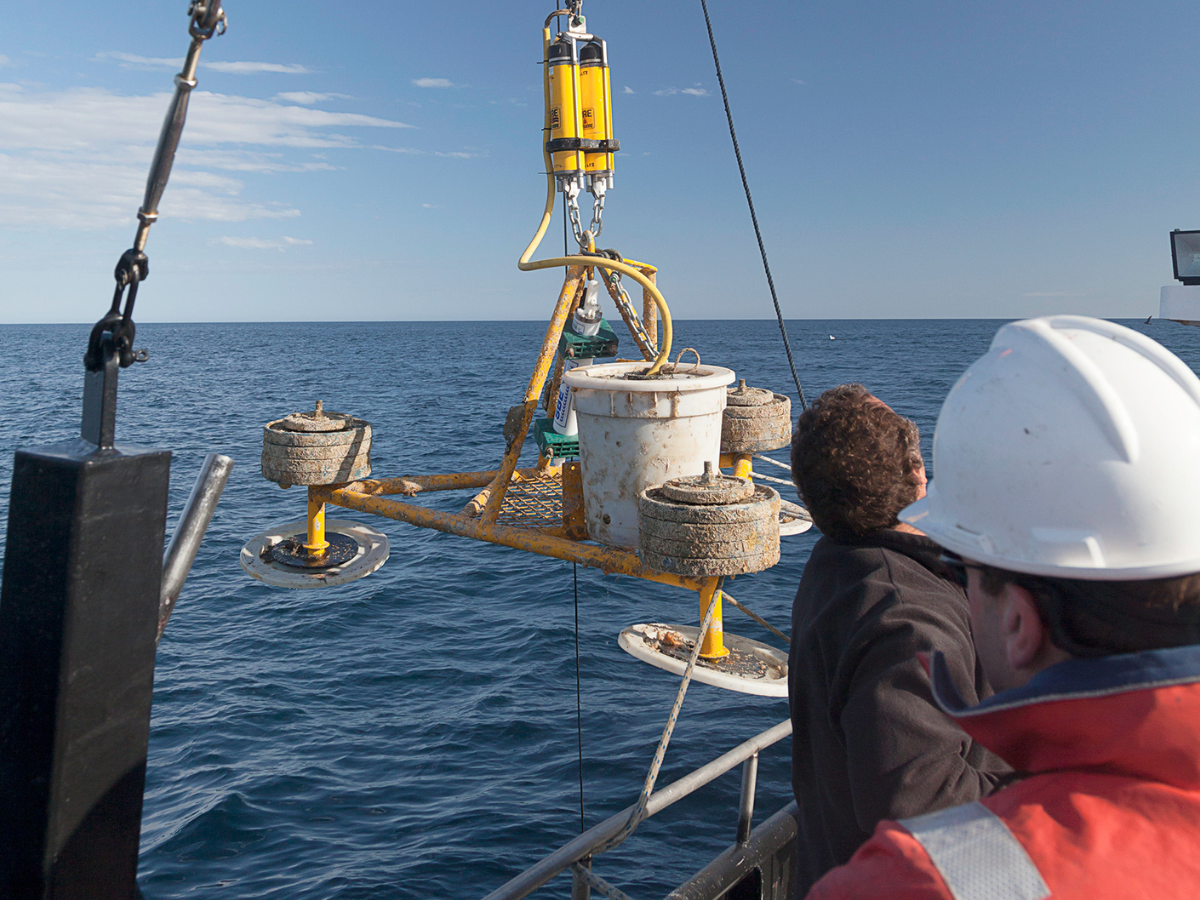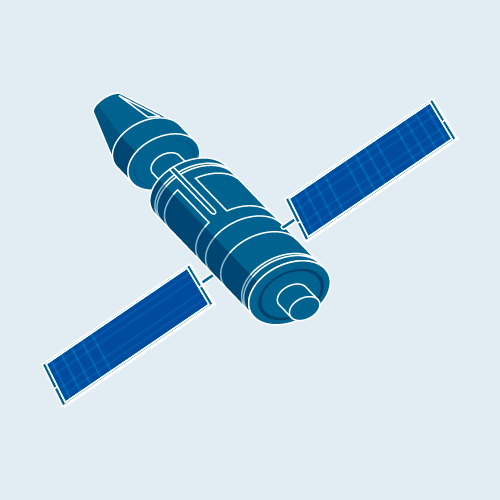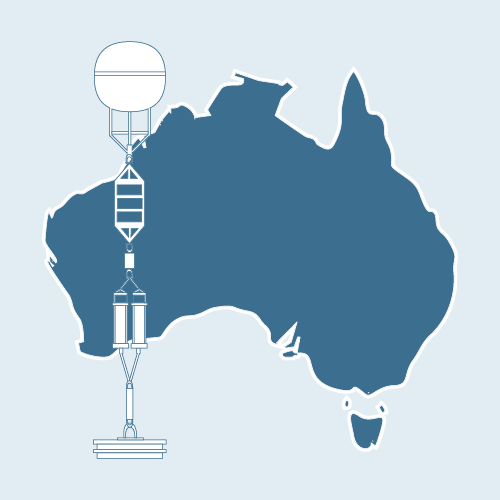Wireless Sensor Network
Wireless Sensor Network
Wireless Sensor Networks provide real-time measurements of bio-physical environmental variables. The wireless interconnectivity of these sensors and bi-directional communications means these sensor networks can be controlled by a central land-based control system.
Wireless Sensor Networks ceased operations in June 2022, however data is still available through the AODN Portal.
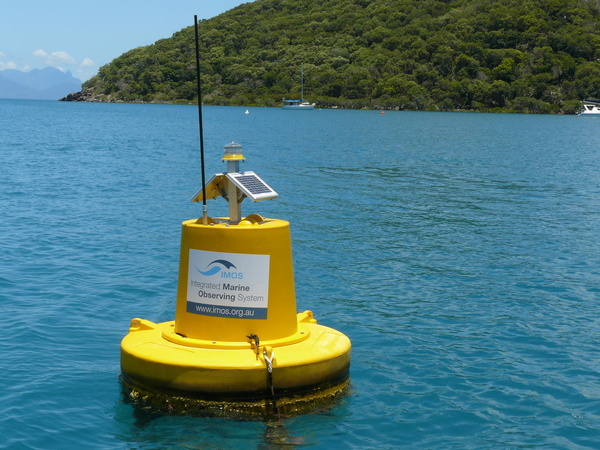
 AIMS
AIMS

Adaptive sampling
This centralisation in data collection and control of the sensor network allows for adaptive sampling in real-time, with the ability to increase sampling frequency to capture fine-scale changes in conditions in response to large-scale events as they occur. The added benefit of the current Wireless Sensor Networks is their adaptability in instrumentation, with the capacity to change and add to current sensor arrays allowing them to be tailored for specific projects.
Deployment
These Wireless Sensor Networks have been deployed in the Great Barrier Reef to collect data to assist in the understanding of the interaction between heat and light on coral bleaching events and the impact of upwelling from the Coral Sea on the productivity of the Great Barrier Reef ecosystem. Current Wireless Sensor Networks are currently established at Heron Island, One Tree Island and Orpheus Island.
Key data streams
Select a key data stream to view all IMOS Facilities that collect that data.
Useful information
Operating institution
Acknowledging IMOS
Users of IMOS data are required to clearly acknowledge the source material by including the following statement:
Australia’s Integrated Marine Observing System (IMOS) is enabled by the National Collaborative Research Infrastructure Strategy (NCRIS). It is operated by a consortium of institutions as an unincorporated joint venture, with the University of Tasmania as Lead Agent.
